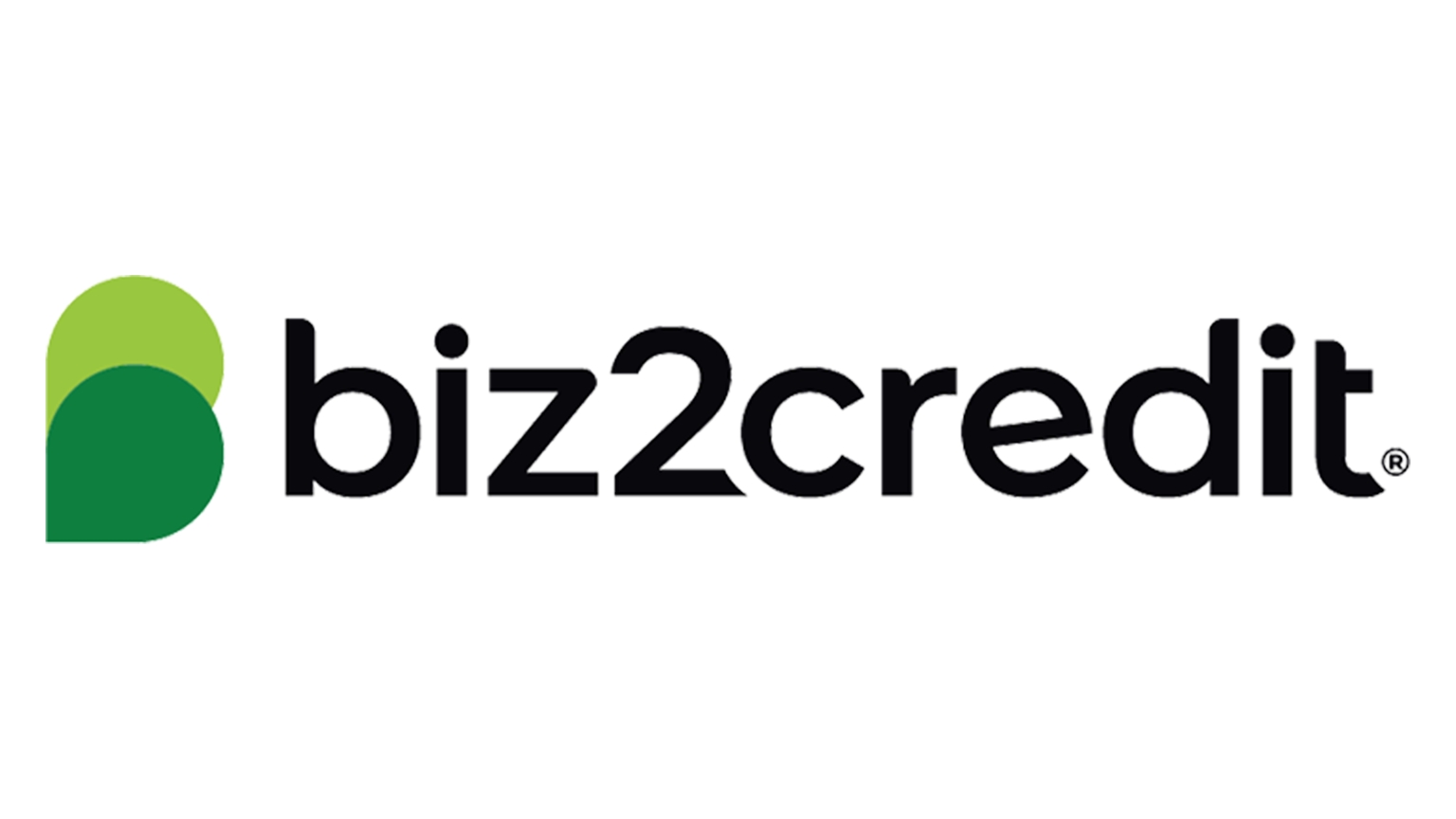

BRAD ROSENFELD
Chief Marketing Officer
Biz2Credit
Q: As a fintech innovator, where and how are you disrupting the financial services market?
A: At Biz2Credit and Biz2X we’re disrupting financial services in two ways. We’re expanding access to funding with better and more accurate credit risk assessments. That’s the backbone of our company and means that we can serve a much large group of businesses than institutional banks. Second, we’re giving small businesses real time information about their businesses, with tools like PPPForgivenessTool.com and news and analysis populated in places like the COVID-19 Resource Hub.
Together, information and accurate credit assessments are actively increasing the agency that small businesses have at Biz2Credit. A little more agency is something we could all use during this pandemic.
Q: What competitive advantages does Biz2Credit have over traditional lenders and financial institutions?
A: From a marketing standpoint the core advantages that Biz2Credit has are information and speed to market.
All financial intuitions reacted differently to the challenges that accompanied COVID-19 and then the rollout of the CARES Act. At the start of the pandemic our team saw the ability to give clear and accurate information to our clients and partners was invaluable. Speed to market allowed us to find partners faster, provide new tools to customers and ultimately accept PPP loan applications before many other fintechs. Additionally, we partnered with AICPA to build PPPForgivnessTool.com that allowed hundreds of thousands of small businesses automatically get their documents needed to forgive their loan and we had so many CPAs sign up that we built CPALoanPortal.com within two weeks.
Q: What distinguishes your consumer-direct, go-to-market strategy and customer experience?
A: We are hyper target at Biz2Credit and take an Account Based Marketing approach while leveraging intent data from companies like Bombora. Additionally, we have a continues feedback loop with our customers to gain insights in real time to make changes to our user journey and marketing campaigns. Unlike many journeys we offer merchants with the ability to go through a self-service journey or speak to a sales associate.
Related: Take our survey, Rising Above the Fray here
Q: How are you using digital channel engagement, data-driven prospecting, influencer marketing and testimonial/WOM amplification?
A: The biggest shifts in our marketing mix have been toward more content creation across owned media. The work we did with legislators over the summer granted us a lot of valuable information that we needed to share with small business owners.
We hosted webinars with new services partners or experts like Senator Susan Collins. We also emphasized SEO growth by doubling down on content creation and technical SEO optimization. With that effort we have seen organic traffic increase over 300% since January.
Q: What insights can you provide on SMB loan activity over the past six months?
A: Year over year SMB loan approvals have dropped between 14.5% with big banks, who have traditionally been more austere lenders, and 31% with small banks, who are typically more open to small businesses. However in recent months we have seen slight increases within two smaller categories of alternative lenders and intuitional lenders.
Overall, EIDL and PPP loans have won the year for small businesses. Outside of these government backed programs, loan approval rates have gone because confidence in near term financial stability remains low. Furthermore there are fewer incentives to lend traditional small business loans with interest rates pushing all time lows.
Q: What types of loans are trending and why?
A: PPP and SBA loans including the EIDL. Because they are government backed and built to support both news businesses, which many SMBs are, and the hardships of economic disaster such as pandemic.
Q: Which SMB sectors are still thriving growing and seeking growth capital for expansion?
A: Retail trade and business-to-business have been the most resilient sectors for small and midsize businesses. They have booth managed to stay above 80% productivity compared to where they were in January before the pandemic hit. However, none of them are out of the woods yet. Throughout the year we have seen short spikes toward economic recovery as different regions reopened. Then that recovery halts as the reality of COVID-19 tempers consumer confidence. As of our most recent reports that tempering is where we are now.
Q: Which ones are hardest hit and why? Do you have view into attrition rates?
A: We can’t monitor attrition rates, but we do track transaction volume. The services industries have been hit hardest. That would include both restaurants and retail services. Since the lows experienced in March these industries have rebounded, but are still at about 60% productivity compared to this January. Another standout that people should note is the strain that the healthcare industry is taking on. Between February and March the healthcare industry saw highs of above 110% of the January average. Those highs have now decreased to about 60%. Unfortunately we know that COVID-19 diagnoses have not decreased, and that those diagnoses have monetary costs to the hospitals, clinics and private practices that are providing care.
Q: How do you view the financial condition of SMBs today and what type of government support and capital investment is needed for recovery?
A: Through this summer we have seen ingenuity and resilience help small businesses outlast the economic trends they were faced against. When SMB productivity hit its low in late March it easily could have kept falling. Instead, business owners adapted quickly and the federal government stepped in with the CARES Act soon after.
Now many small businesses may be meeting the end of their options. We need a federal plan, because as each US region has had short flits at recovery all trends have stabilized well below their pre-COVID averages. A federal stimulus plan should increase consumer demand by securing safe jobs, or supplementary income. But, a stimulus should also directly protect the SMBs that have survived so far by targeting hard hit industries like restaurants, retail services and healthcare and reducing the contingencies that come with stimulus money.
